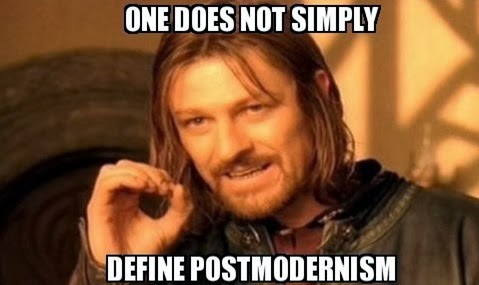
Simulacra and Simulation (Simulacres et Simulation in French) is a philosophical treatise by Jean Baudrillard that discusses the interaction between reality, symbols and society.
“ The simulacrum is never that which conceals the truth--it is the truth which conceals that there is none. The simulacrum is true.[1] ”
Simulacra and Simulation is most known for its discussion of images, signs, and how they relate to the present day. Baudrillard claims that modern society has replaced all reality and meaning with symbols and signs, and that the human experience is of a simulation of reality rather than reality itself. The simulacra that Baudrillard refers to are signs of culture and media that create the perceived reality; Baudrillard believed that society has become so reliant on simulacra that it has lost contact with the real world on which the simulacra are based.














